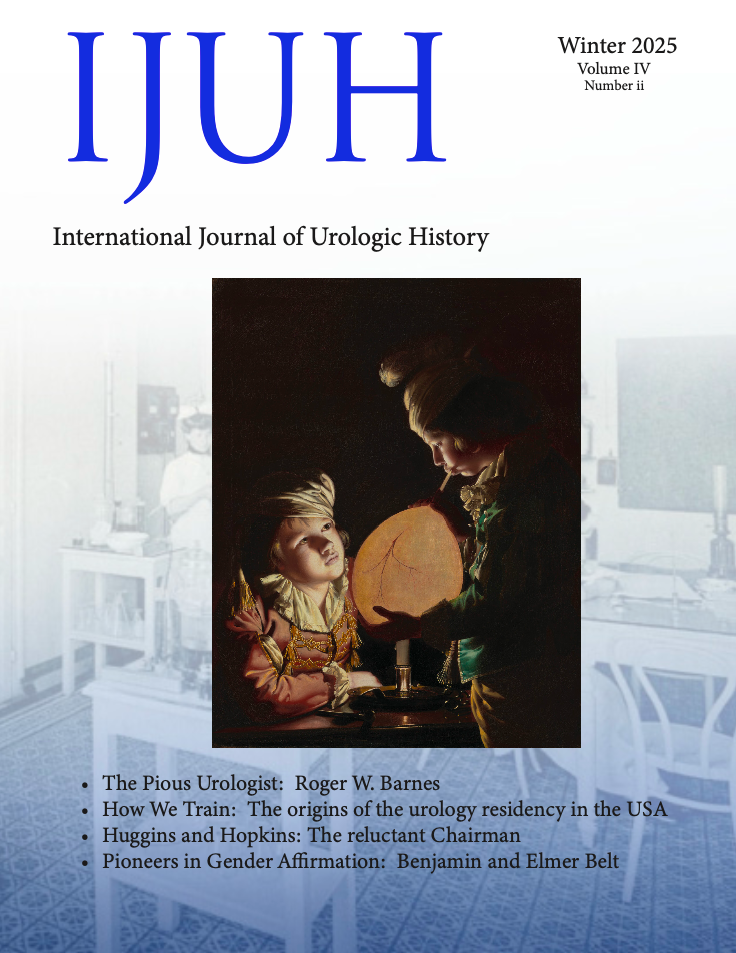The Rise and Fall of the Thoracoabdominal Incision in Urological Oncology
Abstract
Objectives
The thoraco-abdominal incision (TAI) has been used to provide maximal surgical exposure in the management of combined supra- and infra-diaphragmatic pathologic processes such as levels III or IV thrombi of the IVC. The TAI was once a cornerstone of urological oncology but is becoming increasingly uncommon in the era of robotic approaches to the renal hilum, suprahilar lymph node chain, and minimal access chest surgery to the supradiaphragmatic IVC. We wished to explore the complete history of the TAI, from first description to its height of popularity and its current utilization by contemporary urologic oncologists.
Methods
Primary source material included an interview with Donald Skinner, an early proponent of the TAI. We conducted a novel survey of active urologists in contemporary practice to investigate the usage of the TAI in practice. We reviewed documents from the Second Auxiliary Surgical Group (SASG) from 1941-1944; reports by military surgeon DF Marshall, recognized as performing the first TAI for a genitourinary indication during World War II; and records of the 8055th US Army (MASH) Unit in Korea, credited with improving the battlefield usage of the TAI; and secondary sources from the AUA’s WP Didusch Archive, PubMed, and Googlescholar.
Results
The thoraco-abdominal incision (TAI) can originally be traced back to French civilian usage in the latter 19th century, but the TAI was not adopted for battlefield trauma surgery until the Second World War. The safety and effectivness of the TAI increased greatly during the Korean War with teaching, organized outcomes analyses, and improvement efforts. Trauma indications during these conflicts allowed for later adoption in the field of urologic oncology due to the incision’s excellent exposure and became the hallmark of at least one fellowship in urologic oncology. Fewer than 15% of surveyed urologists in the contemporary era have used the TAI in the past 5 years.
Conclusions
The thoracoabdominal incision’s later adoption by the civilian population is a testament to the ingenuity and resourcefulness of military surgeons in the former part of the twentieth century. Their contributions should not be forgotten as urological surgery moves towards minimally invasive approach.
